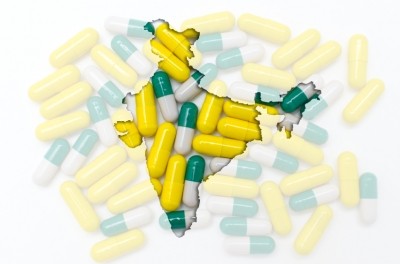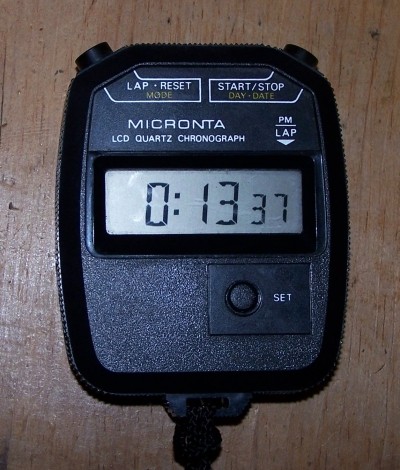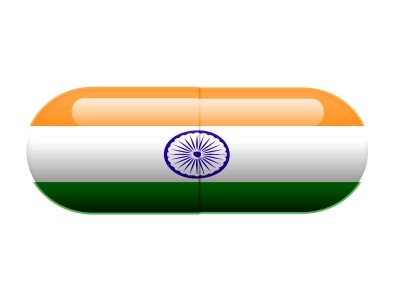New Indian compensation formula does little to clarify situation

The new rule lays out a maze of bureaucracy, stipulating that an Independent Expert Committee will “examine a report of serious adverse event of death and give its recommendation to the Licensing Authority within 30 days of receiving the report from the concerned Ethics Committee.
“The DCG(I) [Drugs Controller General of India] shall, then decide the Quantum of Compensation to be paid by the Sponsor or his representative and shall pass order as deemed necessary within three months of receiving the report on the Serious Adverse Event of death.”
But how this Independent Expert Committee will examine the Licensing Authority’s report, especially given the short time frame, and pass a recommendation, remains to be decided. No one from CDSCO (Central Drugs Standard Control Organization) or any other licensing body would speak with us on the matter.
John Lewis, spokesman for ACRO (Association of Contract Research Organization), told Outsouring-Pharma.com that it’s unclear “whether these are actually final and are not totally aligned with Chaudhury expert committee report.”
The Chaudhury report lays out the basics of what the compensation formula will look like and includes 12 factors, such as controversial ones like a subject’s income and gender. But the committee decided that “in order to have a formula which is simple yet meeting all important points…the less important factors which will largely increase the complexity, [should] be excluded.”
For now the expert committee seems content on relying on only two factors:
i) Age of the subject; and
ii) Risk factors depending on the seriousness and severity of the disease, presence of co-morbidity and duration of disease of the subject at the time of enrolment in the clinical trial.
As far as risk factors are concerned, the committee announced that such factors shall be divided in a scale of 0.50, 1.0, 2.0, 3.0 and 4.0. The five grades of the scale are divided as:
- 0.50 terminally ill patient (expected survival not more than six months);
- 1.0 high-risk patient (expected survival between six to 24 months);
- 2.0 Patient with moderate risk;
- 3.0 Patient with mild risk; and
- 4.0 Healthy volunteers or subject of no risk.
But the report does not give any more concrete examples in terms of how the committee would decide between a 2.0 patient or a 3.0 patient.
As far as actual compensation is concerned: If the expert committee believes a patient’s chances of dying during a clinical trial are about 90%, and the patient dies, the patient’s family receives two lakh rupees or about $5,000 in compensation. However, if the dead patient is less than 65 years of age, the family will receive eight lakh rupees or about $20,000.
Lewis reiterated previous concerns and agreed that this new formula “is another example of uncertainty and state of flux in India.”
Background
In March 2013, the Drugs Controller General of India set up three Independent Expert Committees under the Chairmanship of DR. A K Agarwal of Maulana Azad Medical College to examine the Serious Adverse Events or deaths occurring during clinical trials and to recommend the causes of death.
India’s Supreme Court, which is slated to discuss the issues sometime this month, seems to still be waiting to see how these expert committees come together and put the rules in place before coming to a final decision on its own ever-evolving clinical trial regulations.
Meanwhile, US FDA Commissioner Margaret Hamburg is slated to make a trip to India and take a look at the situation sometime soon, according to a lawyer in the FDA’s office of regulatory affairs who requested to remain anonymous.

















